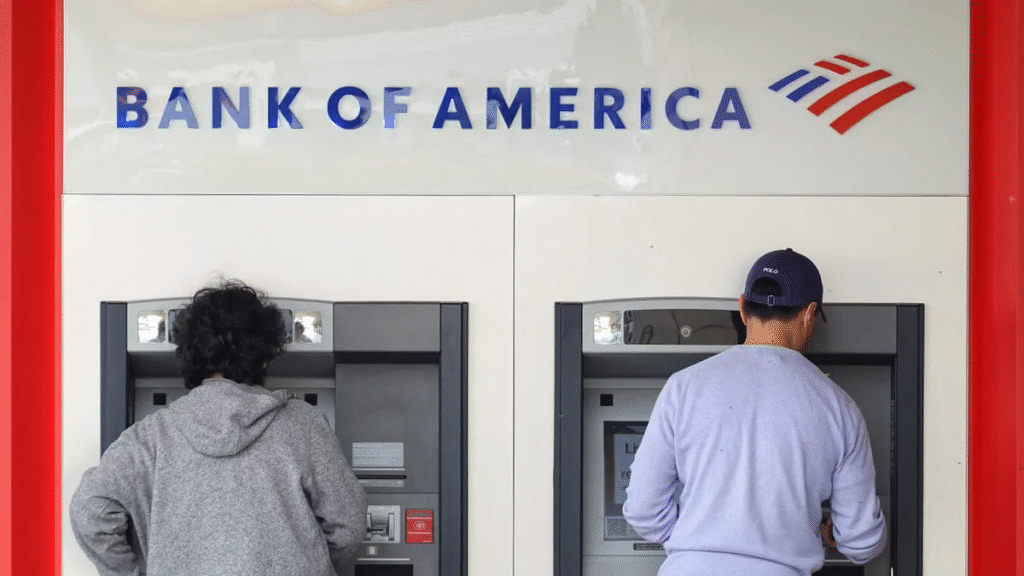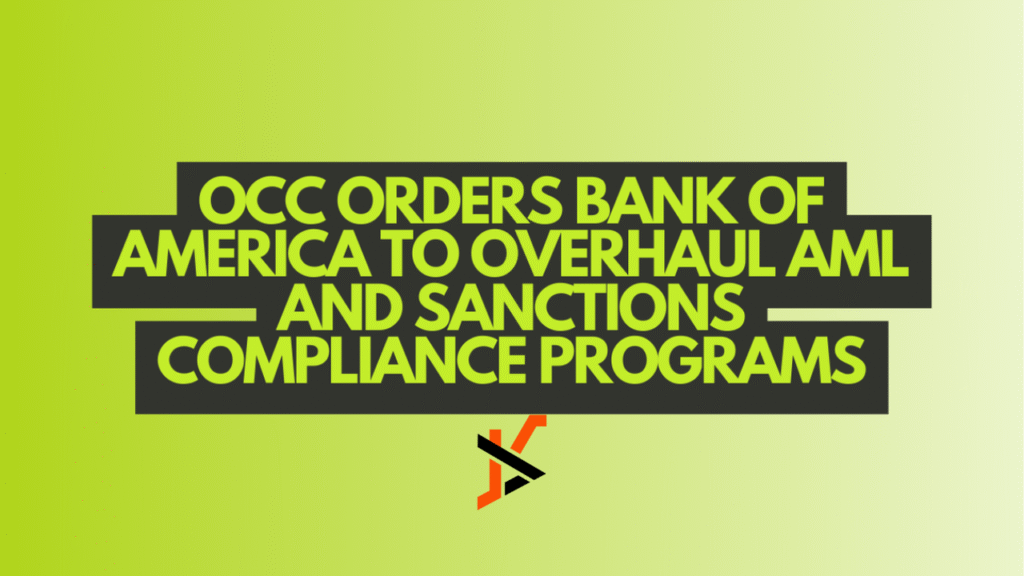Bank of America, one of the largest banks in the United States, recently came under scrutiny from the Office of the Comptroller of the Currency (OCC). The issue? BSA deficiencies. The OCC’s report revealed gaps in the bank’s compliance with the Bank Secrecy Act (BSA), raising questions about how such a massive institution missed critical requirements. In this article, we will explain what BSA deficiencies mean, why the OCC investigated Bank of America, what problems were uncovered, and what lessons other banks can learn from this case.
What Are BSA Deficiencies?
The Bank Secrecy Act (BSA), enacted in 1970, requires financial institutions in the U.S. to help detect and prevent money laundering, terrorist financing, and other financial crimes. It sets standards for customer due diligence, suspicious activity monitoring, and reporting of large transactions.
When a bank has BSA deficiencies, it means there are shortcomings in how it complies with these rules. These deficiencies might include weak anti-money laundering (AML) programs, failure to monitor transactions effectively, gaps in staff training, or outdated systems for detecting suspicious activity. Essentially, it shows the bank isn’t fully meeting federal expectations for stopping illegal financial activity.
For a global institution like Bank of America, even minor BSA issues can create significant risks, not just legal and financial penalties but also reputational damage.
Why Did OCC Check Bank of America?
The Office of the Comptroller of the Currency (OCC) is responsible for regulating and supervising national banks and federal savings associations in the U.S. The OCC regularly examines banks to ensure they are complying with laws like the BSA.
In Bank of America’s case, the OCC launched a review because of concerns raised during prior routine examinations. They found signals suggesting the bank’s internal controls for monitoring suspicious activity might not be robust enough. Moreover, the sheer size of Bank of America—with millions of customers and billions of transactions daily—means any weakness in compliance can magnify risks exponentially.
The OCC’s deeper dive aimed to assess if the bank’s systems, processes, and people were doing enough to prevent financial crimes.
What Problems Did They Find?
The OCC’s report outlined several issues in Bank of America’s compliance framework. These weren’t minor administrative oversights—they pointed to systemic challenges in managing BSA/AML responsibilities at scale.

Missing Customer Checks
One of the biggest issues was related to Customer Due Diligence (CDD). The bank was not consistently verifying customer identities or assessing the risks certain clients posed. Some accounts lacked sufficient documentation, and enhanced due diligence for high-risk clients was often delayed.
This kind of lapse can allow bad actors—like shell companies or money launderers—to operate undetected within the bank’s system.
Poor Risk Monitoring
Another problem was ineffective transaction monitoring systems. The OCC found that Bank of America’s automated systems sometimes failed to flag suspicious patterns. For instance, large or unusual transactions that should have triggered alerts went unnoticed.
This is particularly troubling because sophisticated criminals often use complex techniques to move funds across borders, making it essential for a bank’s systems to be vigilant and adaptive.
Staff Training Gaps
The OCC also identified deficiencies in employee training. Staff members responsible for AML compliance didn’t always have up-to-date knowledge of regulatory requirements or emerging financial crime trends. Without proper training, employees can miss red flags or misinterpret critical procedures, leaving the institution vulnerable.
How Did This Affect Bank of America?
These deficiencies didn’t just draw regulatory attention—they put Bank of America’s reputation at stake. The OCC issued a consent order, requiring the bank to address the weaknesses urgently. While no monetary penalties were initially announced, failing to comply with the consent order could lead to fines in the future.
Customers and investors closely watch such developments. Any perception that a bank is lax in preventing financial crimes can undermine trust and potentially impact its market value.
What Is OCC’s Role in BSA Enforcement?
The OCC plays a central role in enforcing BSA compliance among national banks. It conducts examinations, issues consent orders, and can impose civil money penalties if deficiencies persist. The OCC also provides guidance on best practices for BSA/AML compliance, ensuring banks understand their obligations.
By holding institutions accountable, the OCC helps safeguard the U.S. financial system from being exploited for money laundering, terrorism financing, and other illicit activities.
How Can Banks Avoid BSA Deficiencies?
Other banks can learn from Bank of America’s experience. Avoiding BSA deficiencies requires a proactive, layered approach to compliance.

Build Strong AML Programs
Banks need robust Anti-Money Laundering programs tailored to their size and risk profile. This means developing policies and procedures that ensure compliance with every aspect of the BSA.
Strong AML programs also include advanced transaction monitoring tools that use artificial intelligence and machine learning to detect suspicious patterns.
Regular Audits Are Key
Regular internal and external audits help identify weaknesses before regulators do. Audits should review not only policies but also their implementation, ensuring that what’s on paper matches what happens in practice.
By conducting frequent testing and adjusting systems as needed, banks can stay ahead of evolving financial crime tactics.
What’s Next for Bank of America?
Bank of America has committed to addressing the OCC’s findings. The bank is investing in better technology, updating training programs, and hiring additional compliance staff. While these efforts will take time to bear fruit, regulators will continue monitoring progress closely.
The bank must demonstrate that it has fully remediated the deficiencies and built a culture of compliance to avoid further enforcement actions.
Why Did OCC Flag Bank of America?
At its core, the OCC flagged Bank of America because the bank’s systems, processes, and staff didn’t fully meet the standards required under the Bank Secrecy Act. This wasn’t about one-off mistakes but about systemic issues that increased the risk of money laundering and other illicit financial activities slipping through undetected.
By issuing a consent order, the OCC aims to force the bank to fix these gaps quickly and prevent similar issues in the future.
The Bottom Line
The case of Bank of America’s BSA deficiencies serves as a wake-up call for all financial institutions. In today’s environment, where criminals use increasingly sophisticated techniques to exploit the financial system, banks must stay vigilant and invest heavily in compliance.
For Bank of America, the road ahead involves rebuilding trust with regulators and customers. For other banks, it’s an opportunity to strengthen their own programs and avoid finding themselves in a similar position.
The OCC’s action highlights one crucial truth: no matter how big a bank is, it’s never too big to be held accountable.

